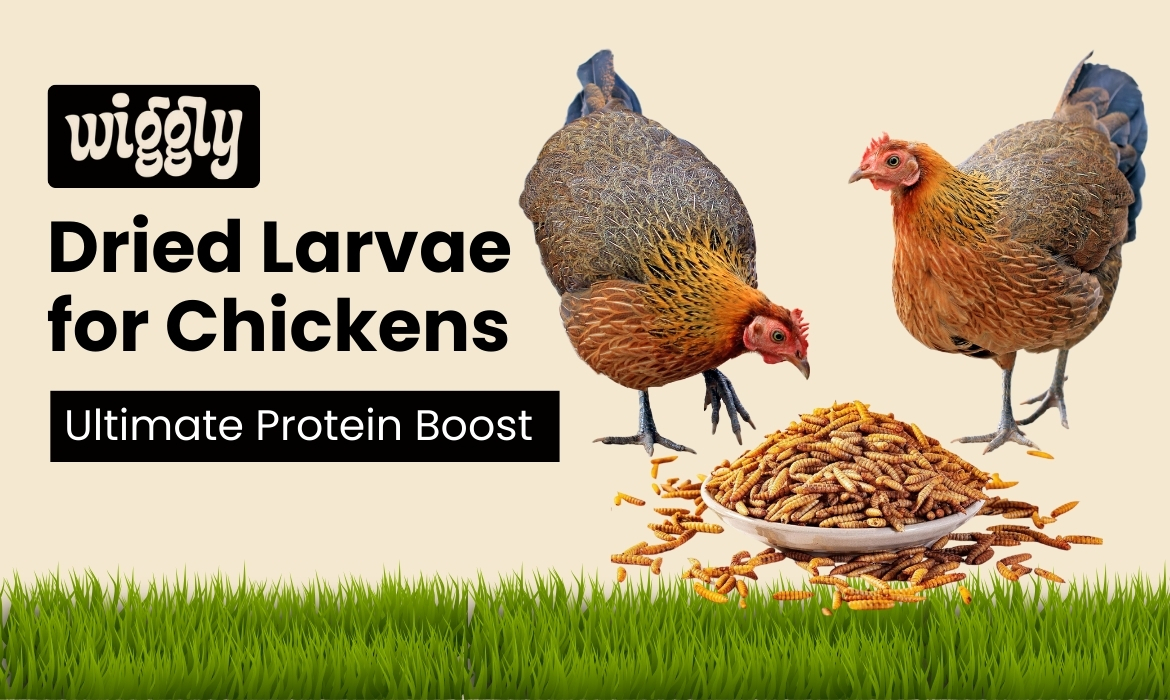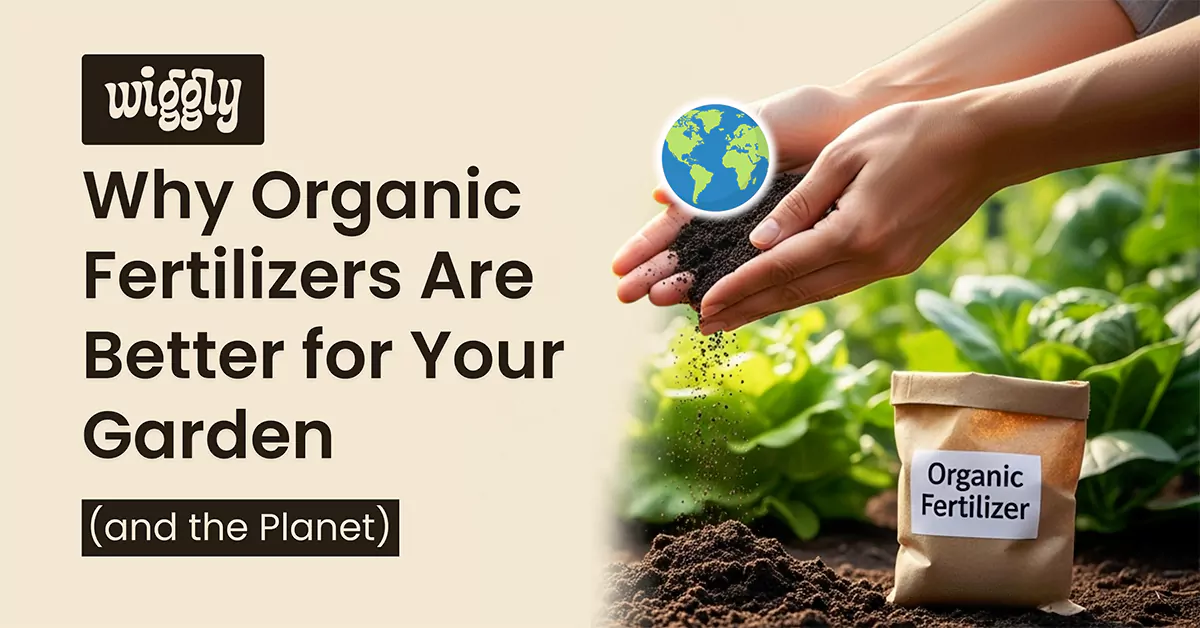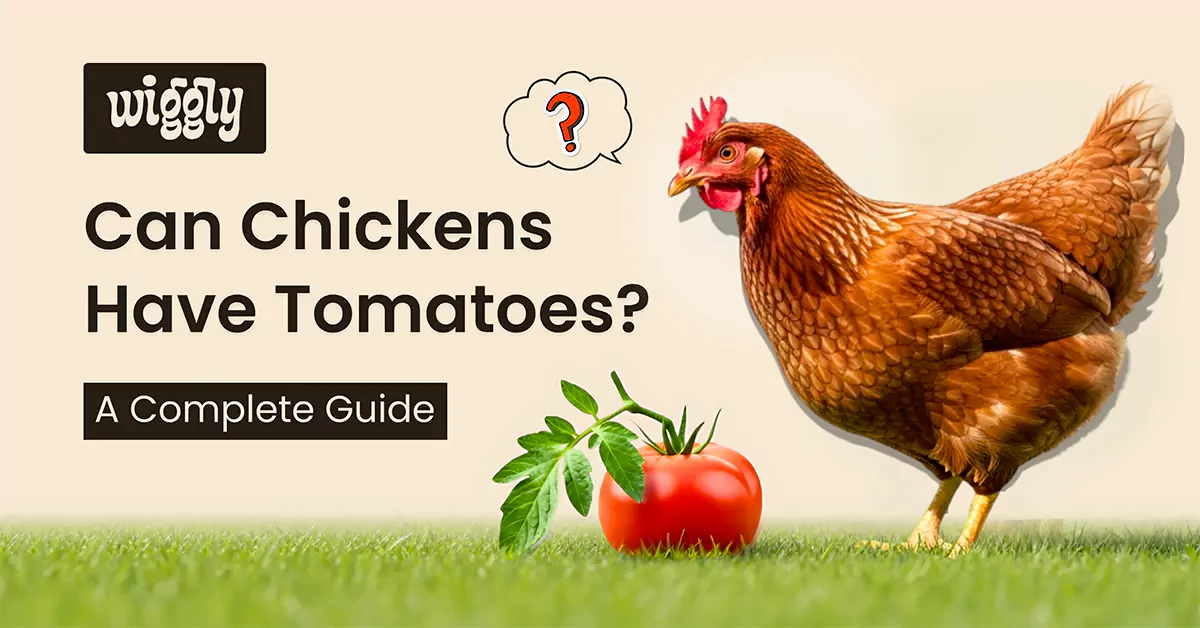Dried Larvae for Chickens: Ultimate Protein Boost

jorgenjoulu
September 8, 2025 at 10:05 am

jorgenjoulu
Jörgen is the founder of Wiggly, passionate about back-yard chickens, circular economy, and organic agriculture. Jörgen writes on topics like raising healthy chickens, organic fertilizers, eco-friendly gardening, and soil health, insect protein. His mission is to reduce global food waste and promote greener farming practices for a better future.

Good nutrition is the beginning of strong flocks. Good chickens lay more eggs and live longer when they are well-fed. This is important regardless of whether you have a small backyard flock or a larger business. Good food invites your chickens to grow everything they need: healthy bodies, immunity against diseases, and good egg quality. Dried larvae can make a real difference here.
These Dried larvae provide the required protein, and it is something chickens instinctively love. Black Soldier Fly Larvae work especially well because they give your birds protein, calcium, and good fats that regular chicken feed often lacks.
These days, more people are concerned about sustainable processing. Insect feeds, such as dried larvae, are pointing to improved methods for feeding poultry without damaging the environment.
This article discusses why dried larvae are special, how to feed them correctly, and why it is such a perfect addition to the coop.
Why Chickens Thrive on Dried Larvae?
Wild chickens hunt for food all day. They scratch the ground and tree leaves in search of bugs and grubs. Dried larvae perfectly fulfill the requirement, as larvae provide the modern chicken with the nutrition required to grow, lay eggs, and maintain its feather health.
Protein for Growth and Eggs
All chickens require protein to maintain their health and muscle growth. Egg-laying chickens utilize protein to produce eggs all the time. Proteins are essential for young birds to build their muscles and grow properly. Dried larvae have 36-50% protein content, which makes them the highest source of natural protein in chickens.
Egg laying requires steady protein intake. Chickens that don’t get enough protein lay fewer eggs. The eggs they do lay often have weak, thin shells. Adding dried larvae to daily feedings gives your birds the extra protein boost they need for regular egg cycles and improved overall production.
Calcium for Strong Eggshells
Dried Larvae are a preferable choice in terms of calcium content compared to other options. Research indicates that they contain many times the calcium as mealworms. This calcium supplement is highly beneficial for Chickens, as calcium forms strong eggshells and prevents breaking. When this natural calcium source is available, the chickens with soft-shell issues typically improves.
Calcium does not only help with eggs. It keeps bones strong, too. Chicken requires calcium to grow well. The older chickens require additional calcium to hold up their bones as they get older.
Healthy Fats and Amino Acids
It is a common situation where people forget the importance of fats in chicken. Chickens are quick energy burners, which means they require a sustained fuel source in the form of fats. Dried larvae contain important fatty acids like lauric acid. This doesn’t only provide energy, it contributes to gut health and maintains a healthy immune system.
A wide variety of amino acids is also found in dried larvae. These are the basic building blocks of proteins. These building blocks assist chickens in regenerating feathers more effectively, acquire a shiny plumage, and better able to manage stress.
How to Feed Dried Larvae to Your Flock
Dried larvae work as an addition to regular feed, not a replacement. They complement the diet of your chickens when used in the right proportion.
Treat vs. Staple
Treat dried larvae as a snack to your chickens. They must never exceed 10-20% of what your birds consume daily. Excess protein may disrupt the calcium phosphorus ratio required by your chickens. Birds must still have grains, grit, and greens to complete their meal.
One handful of dried larvae a day seems to suit most flocks quite satisfactorily. Adjust the quantity according to the number of chickens you have.
Start Small
If your chickens have not tasted the dried larvae before. It is important to start with small quantities of quality and increase the frequency once they are adapted to the taste. Chickens are quite curious. Once they enjoy the taste of dried larvae, a complete package of protein, they will crave more.
When it comes to skittish or young birds, Timid birds or little chicks, they may require special persuasion. Trying to feed them larvae at a time of free-range can lead to building trust and motivates normal foraging behavior.
Serving Ideas
Here are possible serving ideas to ensure that you feed chickens with perfect techniques
- Blend with Feed: Take a scoop and add it to their regular pellets or crumbles.
- Scatter Feeding: Add them to the run or yard and have them hunted by the chicken.
- Foraging Toys: Place larvae in balls of treat or puzzle feeders to make eating more exciting.
With these types of feeding, you can keep chickens moving and keep their minds busy as they receive quality nutrition.
Storage and Shelf Life
Dried comes with a great advantage of shelf stability; they stay fresh for a long time when stored properly. It is essential to store it in cool, dry conditions to maintain its shelf life. Use containers that seal well. When stored properly, the nutritional value of dried larvae remains intact for several months.
A bad smell or visible mould indicates that the larvae are spoiled. Throw them away immediately, just like you would with any spoiled feed.
Sustainability Advantage of Dried Larvae
Dried larvae offer more than just good nutrition. They are a big leap towards sustainable agriculture. At Wigglyfeed, we provide sustainable dried larvae that give you the upper hand to fulfill the ideal protein requirements for healthier flocks. Below are the sustainable benefits of dried larvae.
Recycling Food Waste into Protein
Wigglyfeed uses a straightforward but powerful. We collect food waste, recycle it through Black Soldier Fly Larvae, and produce the highest-quality dried larvae for chicken feed. Every 5 kilograms of waste produces about 1 kilogram of dried larvae. This is a complete cycle where we prevent waste from rotting in landfills and turn it into protein for chickens.
Lower Environmental Footprint
When it comes to Insect farming, it requires much less water, land, and energy compared to soy farming or fishmeal production. This forms far fewer greenhouse gases. Farmers and backyard chicken keepers who want to reduce their environmental impact find dried larvae an easy choice.
Supporting Circular Agriculture
Sustainability has become essential in modern farming, not just a trendy word. Using dried larvae means you’re part of circular farming practices. Waste that would normally be thrown away, now feeds animals.
Why Choose Wigglyfeed’s Dried Larvae?
WiggyFeed is a leading online store offering dried larvae to fulfill your chicken’s protein requirements on the go. From ensuring quality to saving the environment, we fill all gaps. Below are the top reasons to choose WiggyFeed for dried larvae requirements.
Nutritional Edge
Wigglyfeed offers organic, dried larvae rich in protein and naturally high in calcium content. Our collection of larvae is rich in lauric acid, which helps maintain a healthy gut. This is why they are not just a protein but a complete feed supplement, which helps in many areas to improve chicken health.
Trust and Transparency
At WigglyFeed, we maintain transparency in dried larvae production and how we process them. As a leading provider of dried larvae, we want our customers to stay updated on how we bring magic to their farms.
Customer-Friendly Preorders
You can now preorder dried larvae, with deliveries scheduled to begin in October 2025. Early customers get a 30% discount on their orders. If your plans change before delivery, we will refund your amount.
Visit our shop page to explore the range of larvae we offer.
Must-Ask Questions While Buying Dried Larvae for Chickens
Many chicken keepers want to try new feeds but have concerns. Here are answers to the most common questions people frequently consider asking while buying dried larvae:
Can They Replace Complete Feed?
Absolutely not. Dried larvae is an addition to regular feed, never a substitute. To be healthy, chickens require feed rich in grains, protein, vitamins, and minerals.
Are They Safe?
Yes, when you buy from a leading store. On top of that, Larvae have less risk of disease compared to most other feed ingredients. When stored properly, they remain fresh and can be used safely.
Will My Chickens Like Them?
Most chickens love dried larvae immediately. Few flocks might need time to try new foods, but once they taste larvae sourced from WigglyFeed, they will crave more.
How Much Should I Feed?
One small handful daily works for most average-sized flocks. Adjust the quantity according to the chicken’s size, activity level, and the other foods it consumes.
Conclusion about Dried Larvae for Chickens
The dried larvae are not simply a trendy chicken snack. They are a high-energy supplement that gives your chickens direct protein, calcium, healthy fats, and amino acids. The outcome is self-evident as the eggshells become stronger, the eggs are regular, the feathers are healthy, and the birds are tougher.
When fed properly, they work perfectly alongside regular chicken feed. The sustainability benefits mean you’re not just helping your flock; you’re supporting better food production methods.
At WigglyFeed, buying Dried Larvae is at your fingertips. Choose from our range of larvae for chicken, and healthier flocks are organic, nutrient-packed and backed by a mission to turn waste into something useful. With preorders for Dried Larvae available now and deliveries starting in October 2025, this is the perfect time to preorder the ideal package of protein for your chicken.
Visit our store and place your order today, and we will deliver it to your doorstep as soon as possible.
Faqs
Absolutely. Renowned providers, Wigglyfeed, produce safe and pathogen-free dried larvae in a clean environment. They are even safer than living insects, as they have been dried, eliminating the risk of bacteria.
Never. Dried larvae work as supplements only, not complete feeds. They are supposed to be 10–20% of chicken diet. Balanced poultry food, grains and greens should be the remaining 80-90%.
The average chicken owner feeds their chicken one small handful of dried larvae a day. Use them as a snack or enrichment, but not as the primary food option.
Extra calcium makes eggshells stronger.
Healthy fats increase energy and improve feather health.
Lauric acid improves gut health and immune function.
High protein helps growth and egg production.
Store them in closed containers in a cool, dry place. The resealable packaging of Wigglyfeed makes them last longer. Both moisture and mold should be kept off.




